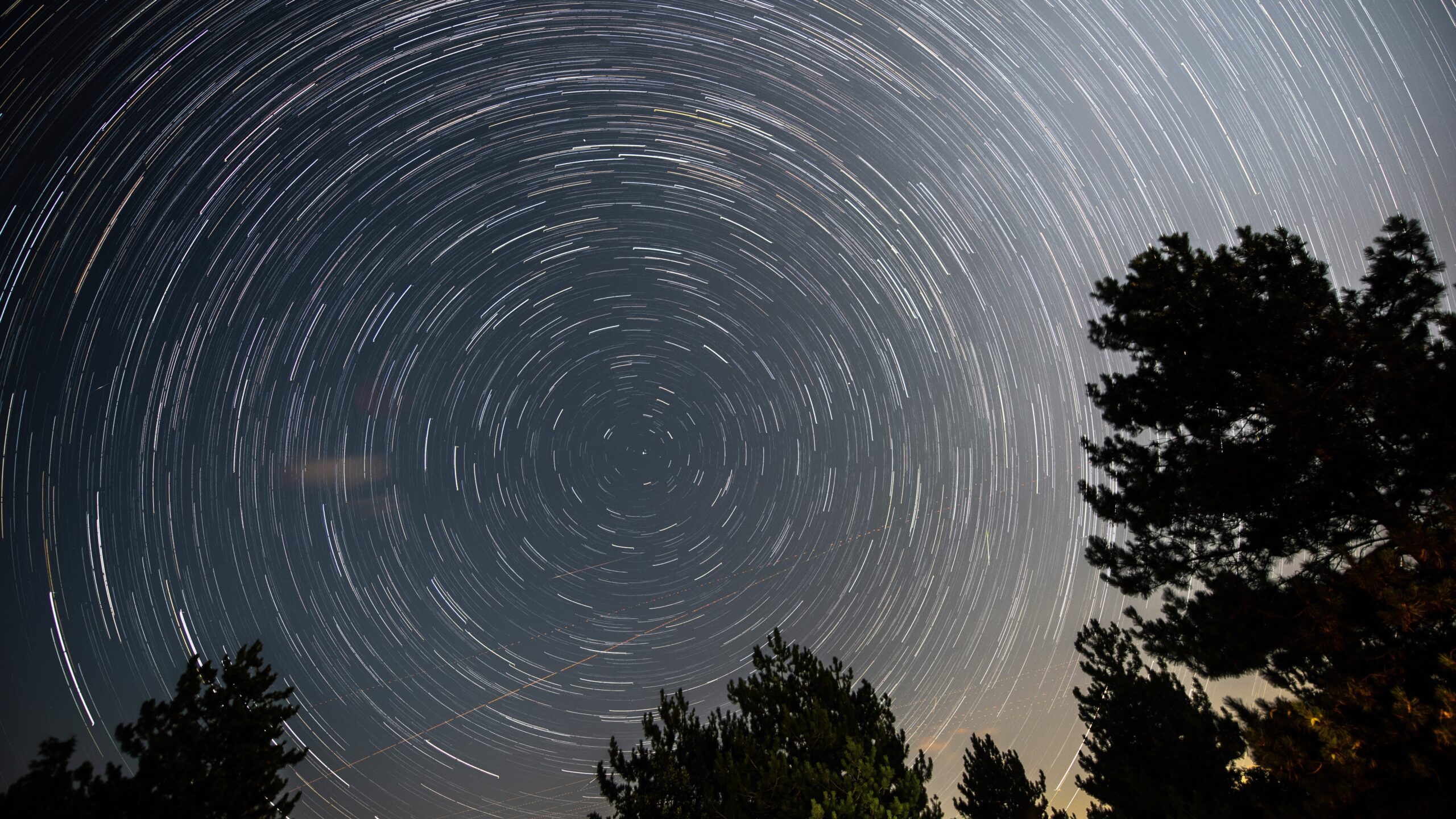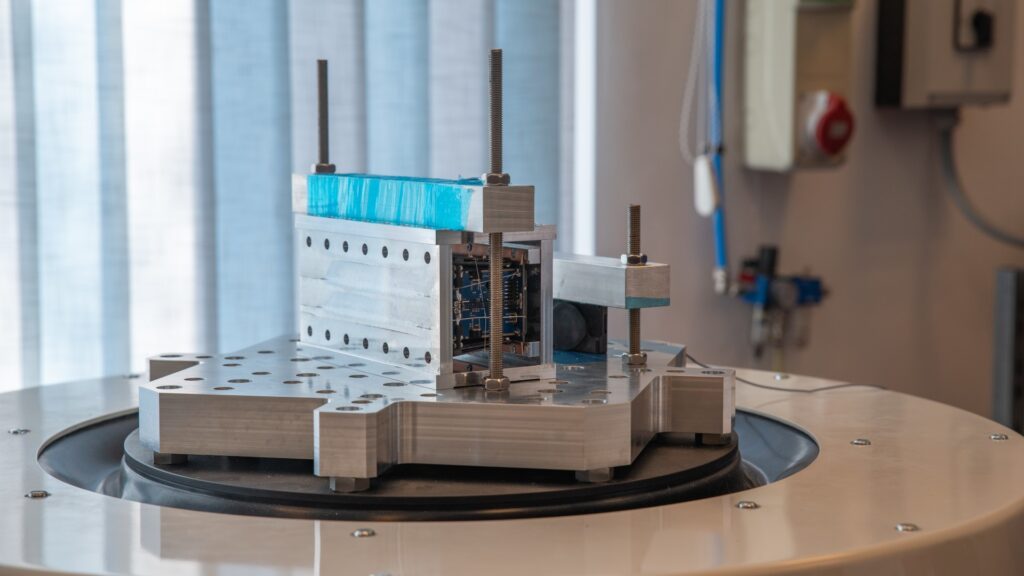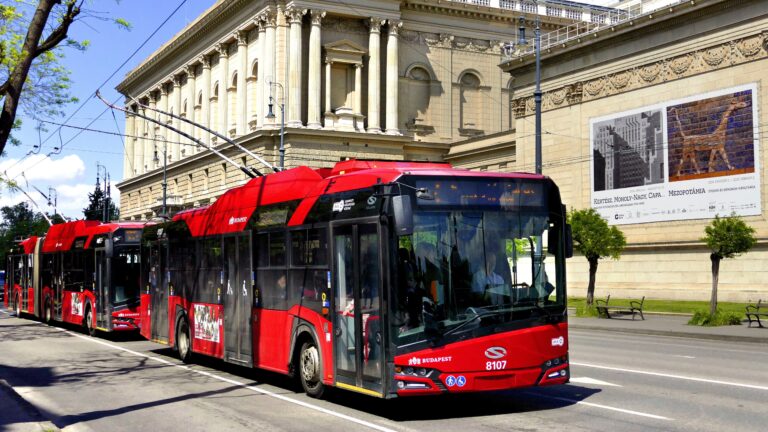The Southern Taurids and Northern Taurids will reach their peak activity on 5 November and 12 November respectively, making the first half of November an ideal time to observe the meteor showers. The Svábhegy Observatory highlighted that although the Taurids are not the most intense showers of the season, they are among the most visually impressive, producing slow, bright meteors, with fireballs frequently visible.
Typically, observers can expect around 5–10 meteors per hour. Thanks to the extended activity of both streams, the showers will overlap, making them visible on many consecutive nights. The Southern Taurids are active from 23 October to 12 November, while the Northern Taurids appear between 20 October and 10 December.
Named after the Taurus constellation, the region of sky from which the meteors appear to radiate, the Taurids can streak across any part of the sky. No telescope is required; a dark location and clear view are enough to enjoy the display.
The Taurids are particularly attractive to astrophotographers. Their meteoroids tend to be larger, stony fragments, which often produce colourful, dazzling fireballs capable of lighting up the sky. Because they are bright, moonlight and light pollution are less likely to hinder visibility compared to other, weaker showers.
The showers originate from debris linked to the short-period comet 2P/Encke, which completes an orbit around the Sun every 3.3 years. As Earth passes through the comet’s trail of dust and ice particles, the fragments burn up in the atmosphere, creating the meteor display. Scientists note that while the Southern Taurids come directly from Encke, the Northern Taurids partly derive from Encke and partly from asteroid 2004 TG10—likely a remnant of an ancient comet that fragmented tens of thousands of years ago.
To help the public enjoy the show, the Svábhegy Observatory will host stargazing programmes throughout early and mid-November, with expert-guided observation of the Taurids, the planet Saturn, and standout autumn deep-sky objects.
Related articles:







